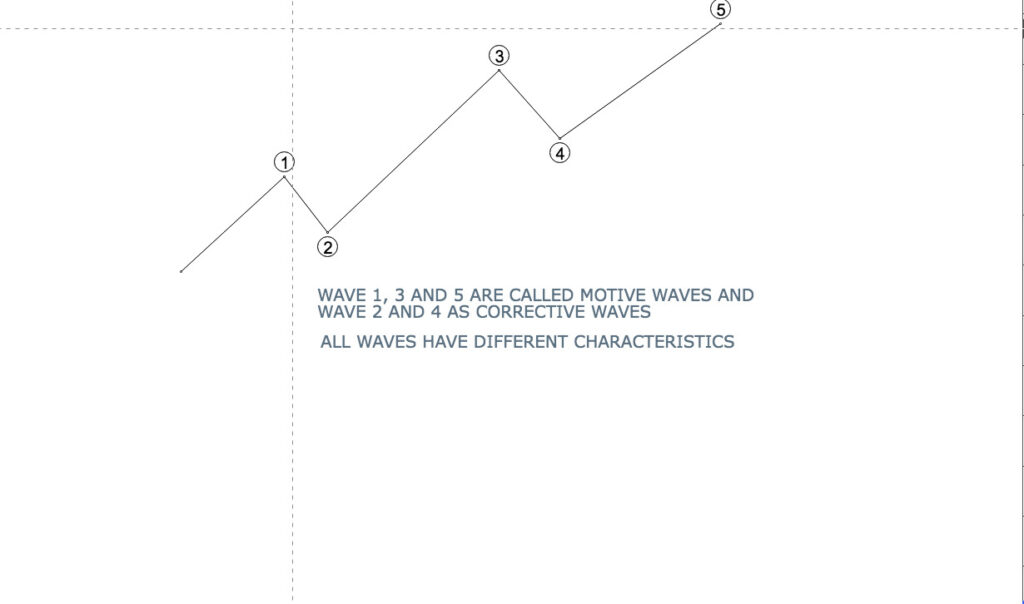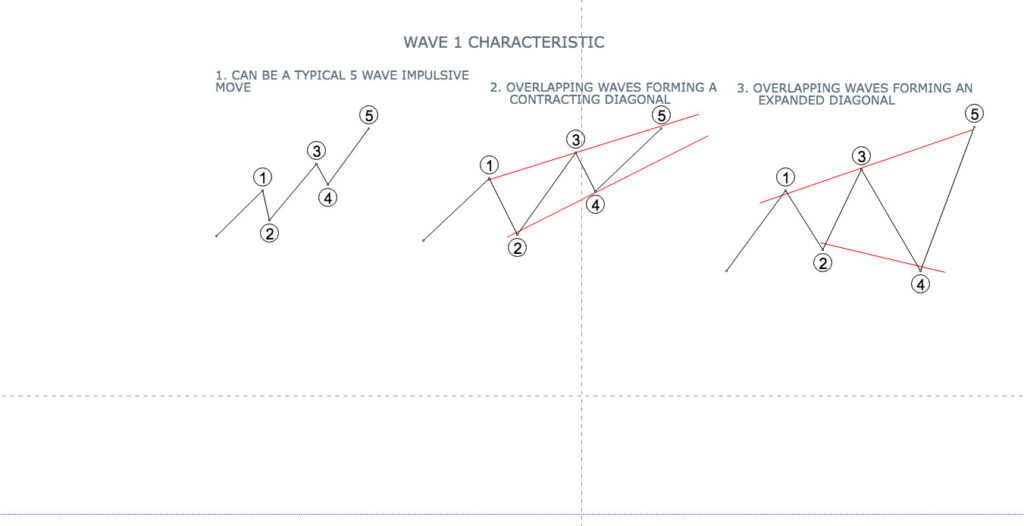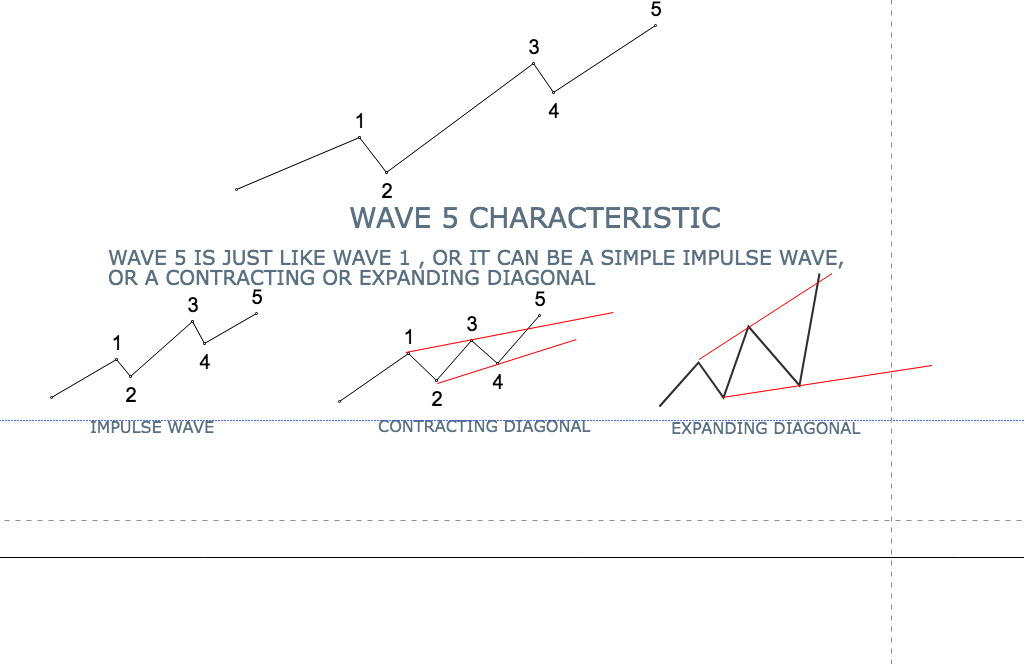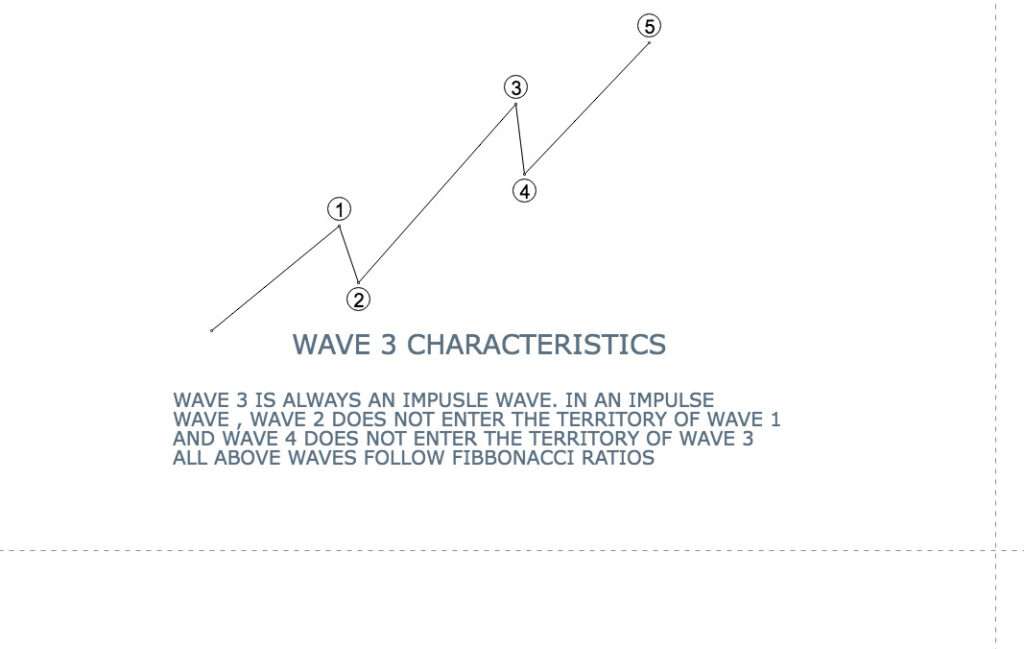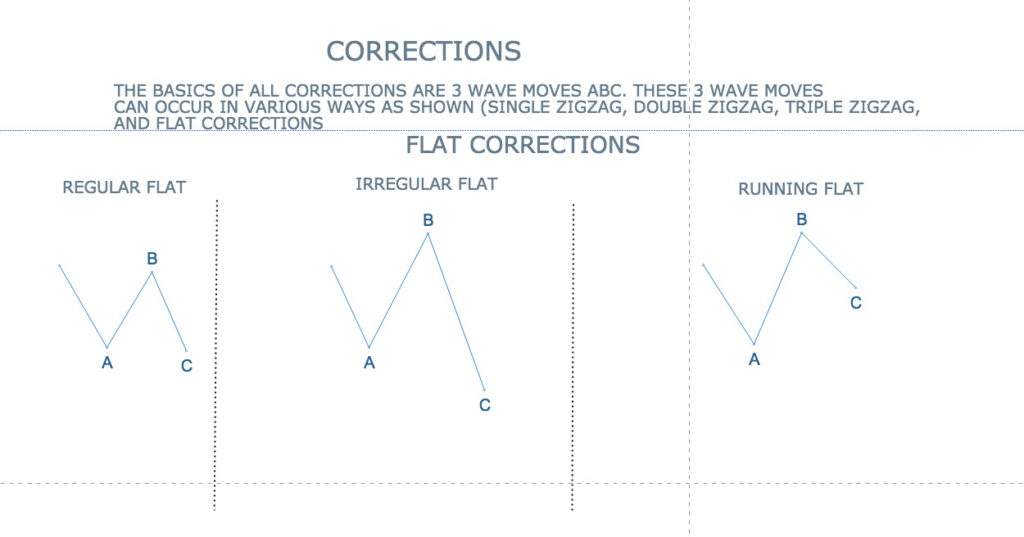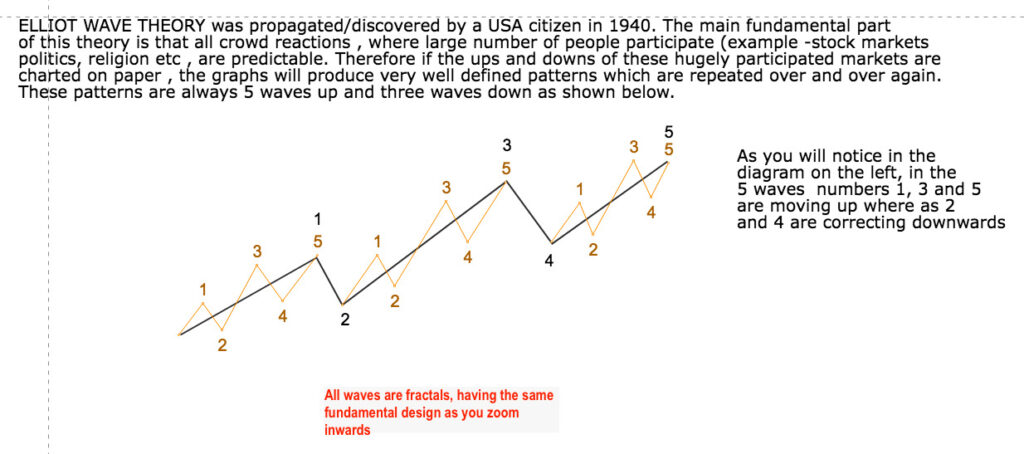
I have given two charts above. The 1st one is the current RECENT price action and the second is a bird’s eye view of the impulse wave which commenced from the level of 16830, and its subsequent ongoing correction.
The recent correction commenced EXACTLY from levels calculated by the wave theory. Presently it looks like we are going to correct to levels as shown in the above charts.
LEARNING ELLIOT WAVE THEORY
Recently I have been asked about the best and quickest way to learn the Wave Theory. The interest shown has compelled me to write a small note on the limitations of this wonderful art. Below I am enumerating some of the limitations which come to mind-
Subjectivity: As I have mentioned frequently before the interpretation of Elliot wave patterns can be subjective, as different analysts may see different patterns in the same market data. This can lead to inconsistent predictions and analysis.
Complexity: Elliot wave theory is a complex and sophisticated technical analysis tool that requires a significant amount of time and effort to master. It may not be suitable for novice traders or those with limited experience in technical analysis. Having a mentor for even a brief period is a must for successful trading
Timing: The timing of Elliot wave patterns can be difficult to predict, as waves may unfold at different speeds and over different time frames. This can make it challenging to accurately time trades based on Elliot wave analysis.
External factors: Elliot wave theory does not take into account external factors that may affect market trends, such as geopolitical events, economic indicators, or changes in government policy. These factors can have a significant impact on market trends and may override the patterns identified by Elliot wave analysis. However, there is an interesting CLAIM by Elliot Wave enthusiasts that the external factors mentioned above are all taken care of by the wave theory as it is all-encompassing. The veracity of this claim is still open for debate.

